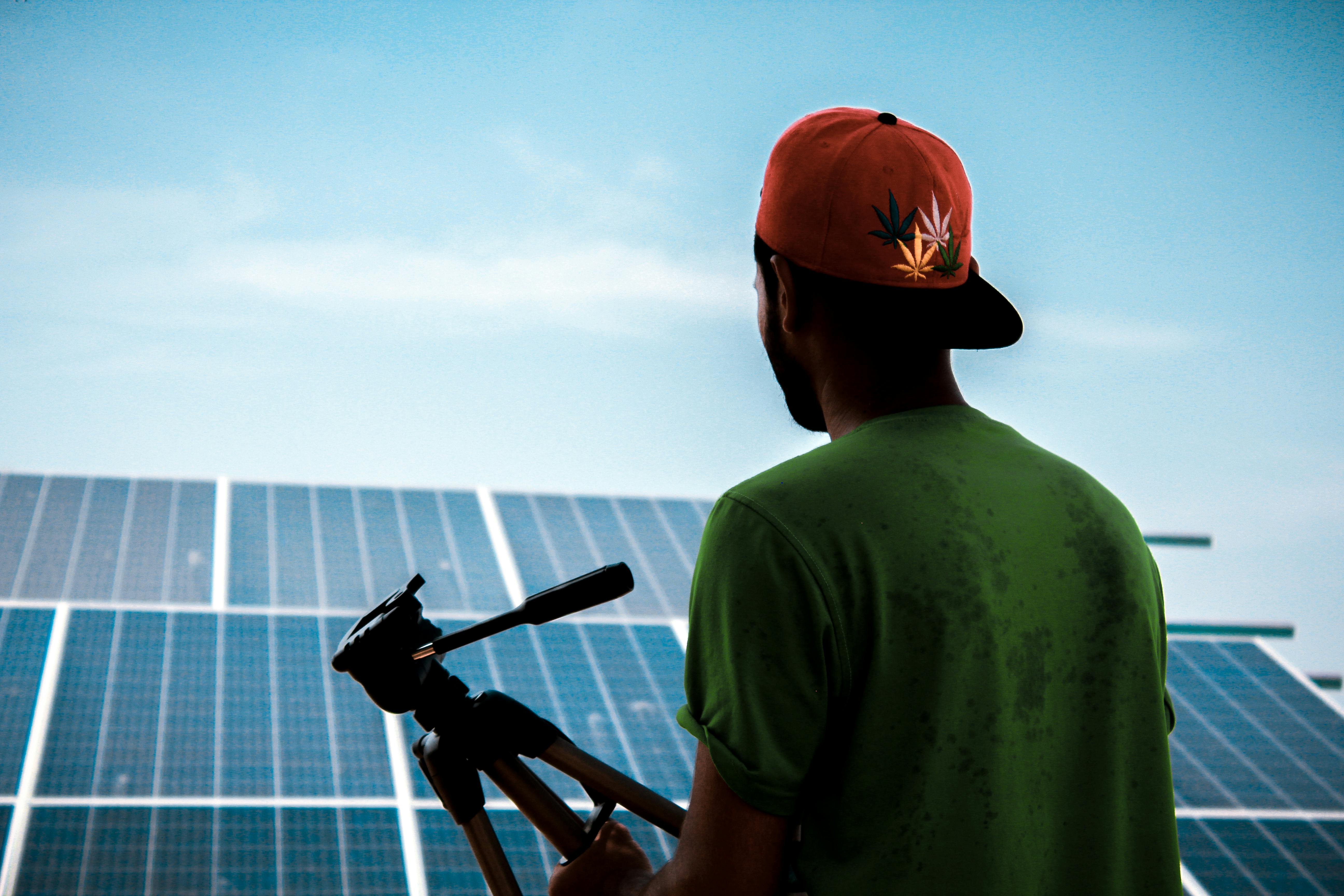Read Time : 3 Minutes
What are solar panels made up of
One of the most commonly asked questions is what solar panels are made of. The panels themselves are actually made up of many, smaller, solar cells. Of course, there are also many different types of solar cell, as they are made from different materials. This page takes you through what solar cells are, and also what they are made of.
What Are Solar Cells?
Solar cells are also known as photovoltaic cells (PV). These are different to photovoltaic thermal cells (PVT) as they work to generate electricity directly from the light produced by the sun. They ae connected electrically, and neatly organised into a large frame that is known as a solar panel. The solar cells themselves are made of silicon semiconductors that absorb sunlight and then convert it into electricity. At the moment, solar panels that are used for domestic purposes are only taking around 20% of the sunlight they receive and turning it into electricity. This is something that is called solar efficiency. There are other forms of solar cells available that are used for commercial and industrial purposes. These can have an efficiency level of up to 40%, but they tend to be much more expensive than the domestic models. However, it is important to know that new advances in solar technology are constantly being made, and it is expected that the overall efficiency will only continue to increase, just as the price of solar panels is set to keep falling. This means that they will ultimately become far more accessible to a wider number of people.
COMPARE PRICES FROM LOCAL INSTALLERS
Compare prices from local companies fast & free
Enter your postcode to compare quotes from leading professionals. We promise to keep your information Safe & Secure. Privacy Policy
The Materials Found in Solar Panels
Here are the main materials that make up the solar cells in each panel.
Monocrystalline cells
Monocrystalline solar cells are made from single crystalline silicon. They have an incredibly distinctive appearance, as they are often coloured. The cells themselves also tend to have quite a cylindrical shape. So that they can keep the costs low and the performance at optimal levels, manufacturers tend to cut out the four sides of the monocrystalline cells. While this gives them their recognisable appearance, it is also quite a wasteful process. They tend to have the highest levels of efficiency and are considered the highest quality of the three main types of material.
Polycrystalline Solar Cells
Polycrystalline solar panels were first introduced to the public in 1981. Unlike their monocrystalline counterparts, polycrystalline cells do not require each of the four sides to be cut – which results in less waste. Instead of cutting, the silicon is melted and poured into square moulds. These then result in perfectly shaped square cells. The polycrystalline solar panel is considered to be the mid-range panels in terms of price and efficiency out of the three main materials used.
Thin Film Solar Cells
Thin film solar cells are manufactured by placing several thin layers of photovoltaic on top of each other to creates the module. There are actually a few different types of thin film solar cell, and the way in which they differ from each other comes down to the material used for the PV layers. The types are as follows:
- Amorphous silicon
- Cadmium telluride
- Copper indium gallium selenide
- Organic PV cells
The efficiency rates for thin film solar cells can vary from 7% to 13% depending on the technology and materials that have been used to make them. In recent years, the popularity of thin film solar cells, and therefore the desire to know more about them, has taken a sharp increase. This also means that research and development for this form of solar panel have also increased. As a result, we can expect to see the efficiency rating increase in the coming years.
Finding Your Ideal Material
Now that each of the materials that can be used to make a solar panel has been presented, it can make the process of choosing which is right for you a lot easier. Especially when there are other factors to take into consideration, such as the cost of purchase and installation, the amount of space that will be required for the panels, and the efficiency rates (to name but a few). Arguably, monocrystalline cells are currently the best option to go for. This is because they have the highest output rates and require a lot less space. However, it is also important to remember that not every home is suited to monocrystalline solar panels and there may be a panel that works better for you. The best thing you can do is seek advice for your supplier, talking through the various options with them. This way, you can get the best solution for you home, and hopefully the best solar panel.
Want to Know More?
Have you found yourself interested in solar panels? If you want to know more then make sure you head to our marketplace where you can find our full range of products, each with the relevant information. Or simply give us a ring using the number at the top of this page and have a chat.
Find a local installer
Welcome to the biggest directory of UK renewable energy companies




 How Much do Solar Panel Systems Cost?
How Much do Solar Panel Systems Cost?


